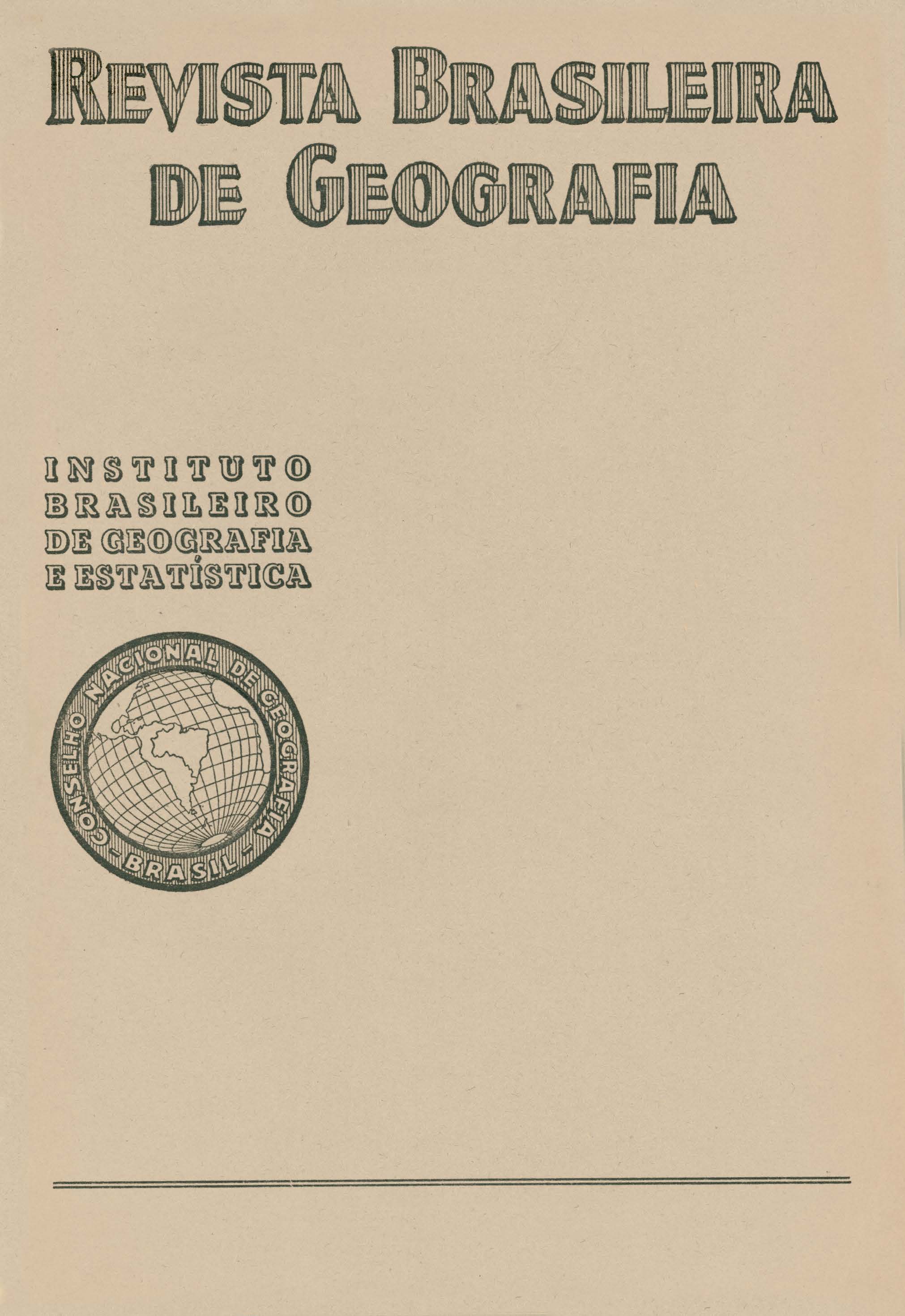Introdução à biogeografia
Palavras-chave:
BiogeografiaResumo
The author, Professor Pierre Dansereau, director of the "Service de Biogeographie" of the University of Montreal, divides this worâ, which is the result of a course given at the Faculdade Nacional de Filosofia of the University of Brasil in 1946, in to eight principal parts, corresponding to what he denotes as "levels of integration"
1st level: paleontological. At this level the author considered the adaption of plants and animals, conditioned by great geological events such as glaciations, marine invasions, continental movements, etc, the object of the study being the adjustment to these by the plants and animals mentioned, from their origin to their disappearance, the causes motivating this being summed up. Conclusions are likewise drawn on the evolutionary tendencies of large groups and, in some of them, the establishment of a certain continuity.
2nd level: pale-ecological. At this second level, detailed studies of the evolution of the species and of geographical changes in climate and vegetation me made in relation to the recent geological periods. The fluctuations of the meteorological factors have influenced the movements of the flora as regards the types of vegetation. By the study of plants, through the annual lings of the trees and the pollen deposited in the turfs, one is able to know for know long a time the occupation of a territory by a determined vegetation specie lasted.
3rd level: areographical This concerns establishing the actual distribution of all or some species of plants and animals, determining the different types by geographic distribution. Also cleared up here me the reasons for discontinuities, generally caused by different types of barriers.
4th level: bio-climatological. In this are focalized the meteorological factors which me responsible for the actual limitations of plants and animals; such as light, temperature, humidity, etc. The "isófenos", that is, the lines which unite points of equal biological periods, give an excellent idea of the climate of a determined region, as the plants which reappear with similarity serve as climate induces. Based on this principal, a classification of vegetation following its biological forms is also made.
5th level: auto-ecological. At this level is studied the entity of life, individualized, in relation to the general system, in the various aspects of the vital cycle. Various methods of adjustment to the environment are determined, such as reactions to physical, chemical, and biological factors. The species me analyzed not only in nature but also in the laboratory with the view to determining their degree of tolerance, their necessities, etc as well as their capacity for making use of and transforming the resources of the system.
6th level: sinecological. Here is studied the system itself, with all the organisms which live in it and the reasons for the existing equilibriums. The associations me analyzed in their most diverse forms, showing the modifications which they can bring into the system, improving or making worse the conditions which that represents. Special attention is given to the dynamics of evolution - of succession - which will terminate in the climax.
7th level: sociological This has as its object the study of various manners of association, of its mechanism and its proportions. The floral composition is established on a basis of statistics. By this method are analyzed the frequency, the consistency, and the fidelity of all the species, bringing out the indicators of each one of the associations as well as the dominant features and characteristics.
8th level: industrial. At this last level the study of man and his adaption to the system is made - such as the utilization of the resources which this offers and how he transforms the landscape and countryside, to the point of establishing a different equilibrium than the primitive one. This modifying wore being in tensional, its interpretation is only possible through the use of special methods. The limitations imposed by man on various animal and vegetable systems create great disturbances which, in the opinion of Vernadsky, may themselves characterize a new glacial epoch.






